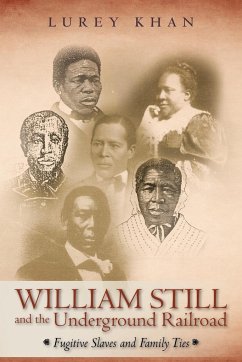The Stills were the prototypical African American family who lived, worked, and sometimes prospered before, during, and after the Civil War. History is replete with the selfless contributions of these black individuals. Beginning in the waning decades of the 18th century on Maryland's Eastern Shore, a slave named Levin Steel confronted his slave master with a demand his owner could not ignore-his urge to be a free man. He bought himself, settled in the Pines of Burlington County, New Jersey, in 1806, and was soon joined there by his self-emancipated wife, Charity. The dynasty these hardworking former slaves began in 1807 produced a bevy of freeborn children, who were the ancestors of our central character, William Still. Although it was William who ran station two, the hub of the American Underground Railroad in Philadelphia, beginning in the 1840s, his siblings accomplished a staggering list of professional, entrepreneurial, social welfare, and legal activities while the mass of American slaves lay in chains in the South. After the Civil War, when emancipation came to the slaves, William Still, a successful coal merchant, used his own money to finance a host of civil rights and other social reforms to elevate the freed men arriving in the city.
Hinweis: Dieser Artikel kann nur an eine deutsche Lieferadresse ausgeliefert werden.
Hinweis: Dieser Artikel kann nur an eine deutsche Lieferadresse ausgeliefert werden.








